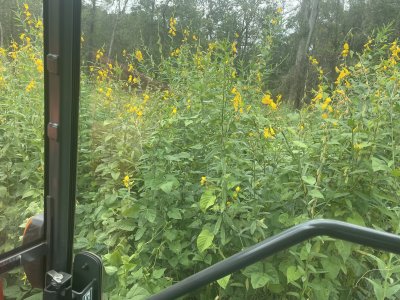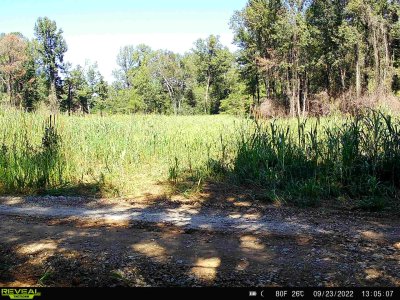Here's a long shot idea, and I can't say I've thought this all the way through in terms of durability, risk of it becoming weedy, and ability to terminate and transition, but ---
yellow sweet clover. You can order that in, because you don't need very many pounds. That seems to grow gangbusters in arid regions, but it isn't drought proof. Another one would be the vetch family. I'm not up on dry tolerant vetch varieties though.
I've been trying to get yellow sweet clover going on my place a few different times and never could. I think I've got it now, and I'm excited to see how it goes. This is what I want in my nursery plot.


